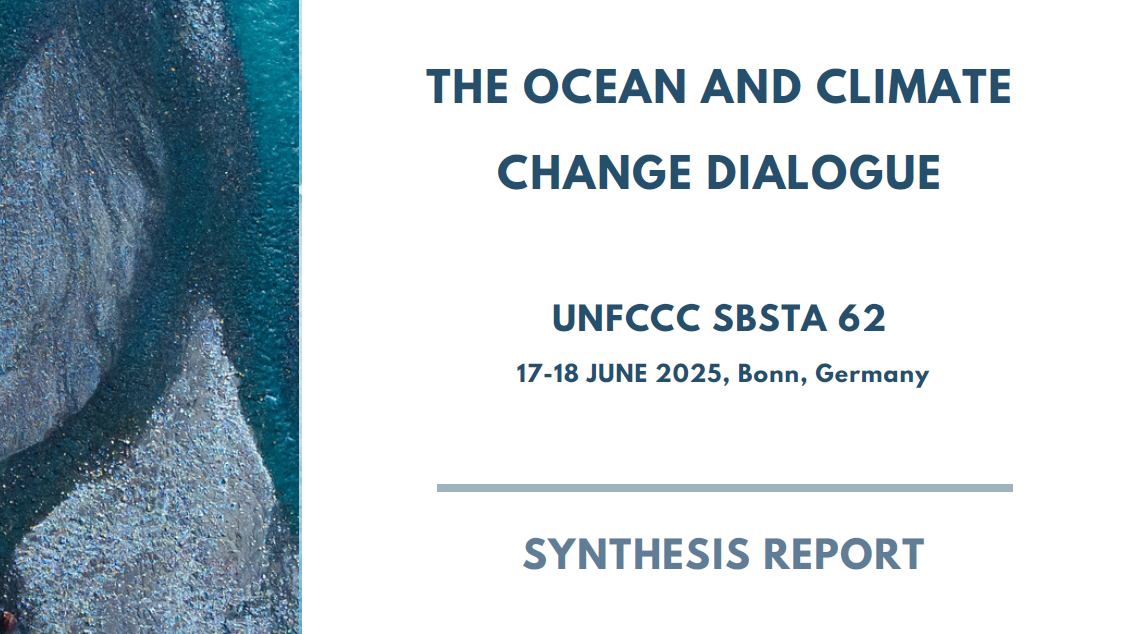The role of area-based management tools (ABMTs) is growing in the fisheries landscape both in EEZs and in the high seas. Fisheries are highly spatial in all their activities but their spatial dimensions have only been weakly addressed in their operational management. With the increase demand to improve conservation in fisheries, including with the use of Other Effective area-based Conservation Measures (OECMs) and fisheries reserves, the current and future role of ABMTs in fisheries needs is now being increasingly talked about. In environmental policy fora, emerging approached such as Nature-based Solutions also highlight the need to further explore the potential of area-based management in achieving biodiversity outcomes. This report takes stock of current practices and potential future roles of ABMTs in the context of international fisheries and environmental policy developments.
This report was produced by the Fisheries Expert Group of the International Union for Conservation of Nature (IUCN-CEM-FEG) and the European Bureau for Conservation and Development (EBCD). This project received funding by the Nordic Council of Ministers (NCM).
Summary
This report provides a comprehensive review of Area-Based Management Tools (ABMTs) used in the ocean. It focuses on conventional area-based fisheries management measures (ABFMs) used to protect target resources, non-target species, and essential habitats, as well as on MPAs and community-managed multipurpose areas in which fisheries operate.
The review takes an unusually broad perspective on the concept and successive zoning of ocean space, from antiquity to today providing mystic, historical, philosophical, political economy and ecological points of view. It illustrates in a Prologue, the evolution of the ocean space, from the obscure realm of Gods and monsters in the Antiquity, to a fundamental modern space, involved in, and fragmented by processes of war, colonisation, independence, industrial development, environmentalism and financial forces, in a global competition of States and interest groups.
The background on area-based management looks at the human dimensions of ABMTs, including governance; tensions between conservation and sustainable use; trends in area-based management; the UNCLOS overarching framework; unilateral attempts to territorializations; other legal and informal frameworks: institutional efforts from the United Nations and global policy frameworks.
Area-based management is briefly addressed as the framework within which ABMTs are used, to which they are functionally linked and on which their effectiveness depends. Area-based management tools are defined, with their roles, goals and objectives, and their emerging new roles, in relation to ecosystem services, offsets, nature-based solutions, etc. Existing ABMT typologies are examined, particularly in MPAs, area-based fisheries management measures and community-managed multi-purpose areas. It is clear that no single typology can classify all ABMTs and that many purpose-built typologies are possible. The formal names of ABMT categories and the local names of ABMT sites are examined to illustrate the respective nomenclature “rules”.
Human dimensions are often at the core of tensions, synergies and tradeoffs in the use of ABMTs. The concepts and pathways to tension resolution and mobilisation of synergies (or simple complementarity) are examined together with the trade-offs implied. Finally, the central issue of ABMT’s effectiveness is addressed, looking at general considerations emerging from the literature, methodological challenges, factors of effectiveness, and, in fine, the extent to which various types of ABMTs have been effective. The report presents also some case-studies on ABMTs, in the Northeast Atlantic area; in South Africa, from an industry perspective; in the European Common Fisheries Policy; with a view of the fishing industry on ABMTs. An extensive inventory of 85 ABMT categories is also given in Annex 1, with their names, definitions and a brief on their characteristics.




